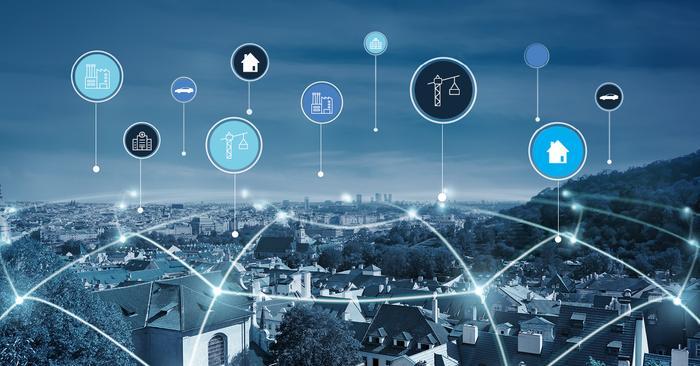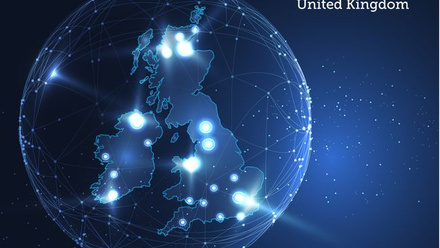Can Perseverance provide rocket boosters for geospatial skills and knowledge?

As NASA’s Perseverance Mars Rover touched down on the red planet, all attention was focused on Mission Control and the myriad of computer screens detailing every detail. Front and center of all these displays was one showing a Geographical Information System (GIS) with a map of Mars and the landing site. This wasn’t a ‘special’ NASA GIS, it was the same type of GIS used by organizations across the UK, every day, and the technology has even made its way into the geography curriculum for schools. We always thought GIS wasn’t rocket science, but turns out it is!
Perseverance provides an iconic backdrop to reflect on the computer and geographical science that made the mission possible. The roots of these disciplines are planted firmly in our school education systems where young people will first encounter computing and geography as serious subjects to study. However, unlike mission control, it is highly unlikely they will be in the same room together.
The separation of the subjects, particularly at secondary school, has a long and reasonable history. Computing and its predecessor, ICT, was most often taught in a PC lab and it’s a well know insider joke about the problem’s geographers had booking PC labs. In addition, the geography elephant in the room at the time was the fact that complex desktop GIS applications were completely unsuitable for schools, despite being in the curriculum. But that was back in the early noughties and geospatial technology and the computing curriculum have changed beyond all recognition since then, opening a door to a mutually beneficial collaboration.
This opportunity for collaboration revolves around the application and understanding of real-world data. Computing at School (CAS), a grass roots organization that is heavily involved in computing education, states in their secondary school teachers guide that:
There is no doubt that using real-world problems that require real-world data sets is motivating and challenging for all pupils.
At the same time, teaching with GIS in the geography curriculum has became more widespread as geospatial technology moved to the cloud making it easier to access and use. Every school in the UK now has free access to powerful WebGIS applications that provide access to as much real-world data that a school could possibly need. Problem solved? Not quite.
At first glance, the new computing curriculum (for England) and the updated geography curriculum don’t seem to have much in common. Dig a little deeper and you can see the requirements around collecting, using, manipulating, querying, and visualizing data are all common, just separated by different terminology and pedagogy.
Boolean logic queries, abstraction, pattern recognition and more as required by the computing curriculum can all be achieved with modern WebGIS and with data more commonly used by geographers, such as, Index of Multiple Deprivation, crime statistics or live earthquake data. Geography, through GIS, can offer data to computing that can be personal to the student and their location or exciting real time global or other world datasets, from Mars for example. In short, data that matters and data that is interesting (of course I would say that as a geographer!).
If we look back to Mission Control and the easy integration of geography and computing we can see that all the key ingredients for creating the next generation of Mars Data scientists exist in our schools, but how can we make it happen? This is not another burden that should fall on already overstretched teachers but is something the geospatial industry and the computing sector should collaborate on to recognize the value of combining computer science and geography for the benefit of society. The first steps in this collaboration are already taking place as the British Computing Society and parts of the geospatial sector are talking and learning from each other. Small steps, but it makes me optimistic for the future.
Given the current emergencies on planet Earth, from Covid19 to climate change, the world needs more young people with a passion for and knowledge of computer science, GIS and geography. In this context, GIS is computer science for the planet and as the inspirational Perseverance landing has shown, it could be even more than that.
Further reading:
Some fun with GIS and computer science for Mars: https://www.esri.com/arcgis-blog/products/js-api-arcgis/3d-gis/explore-mars-with-gis/
You can read more insights from techUK's #GeospatialFuture campaign here!

Laura Foster
Laura is techUK’s Associate Director for Technology and Innovation.








